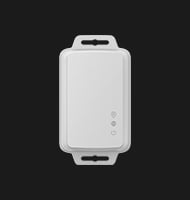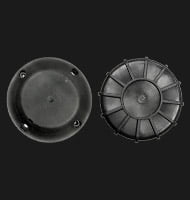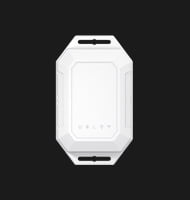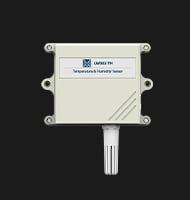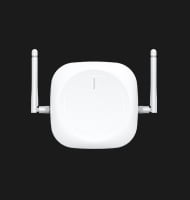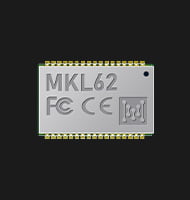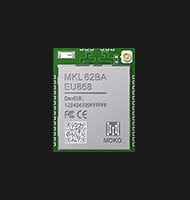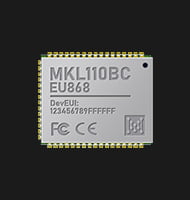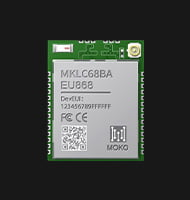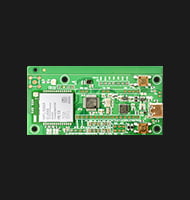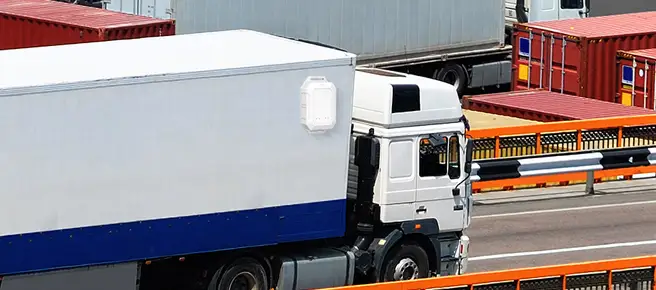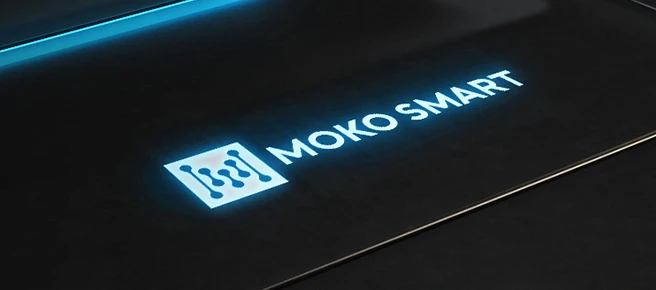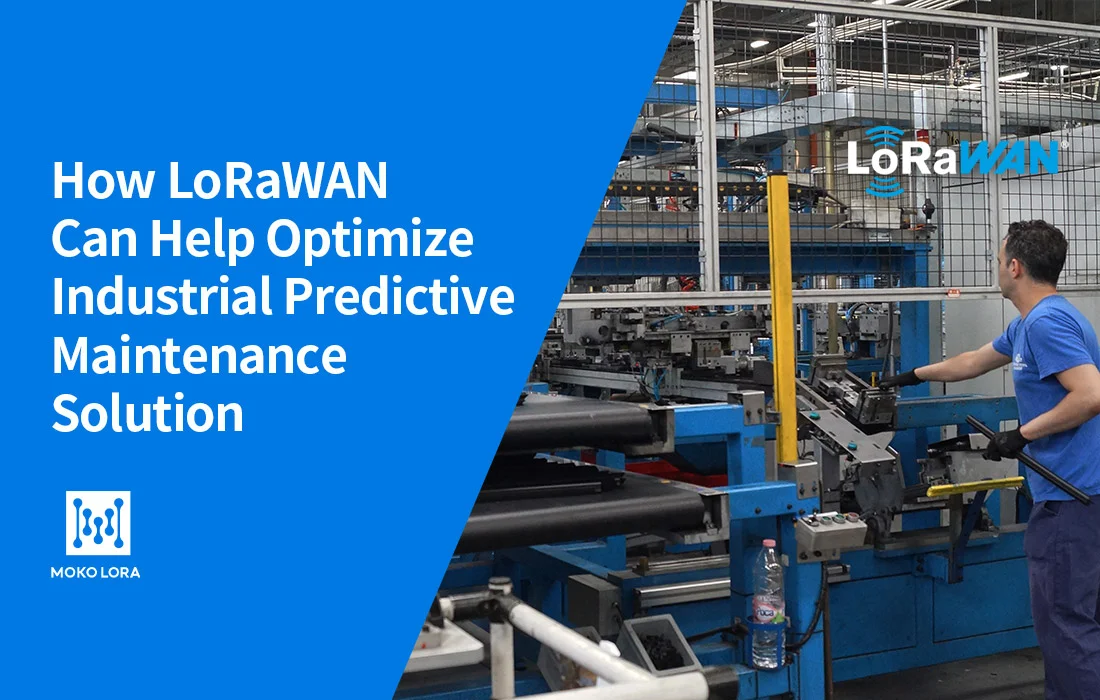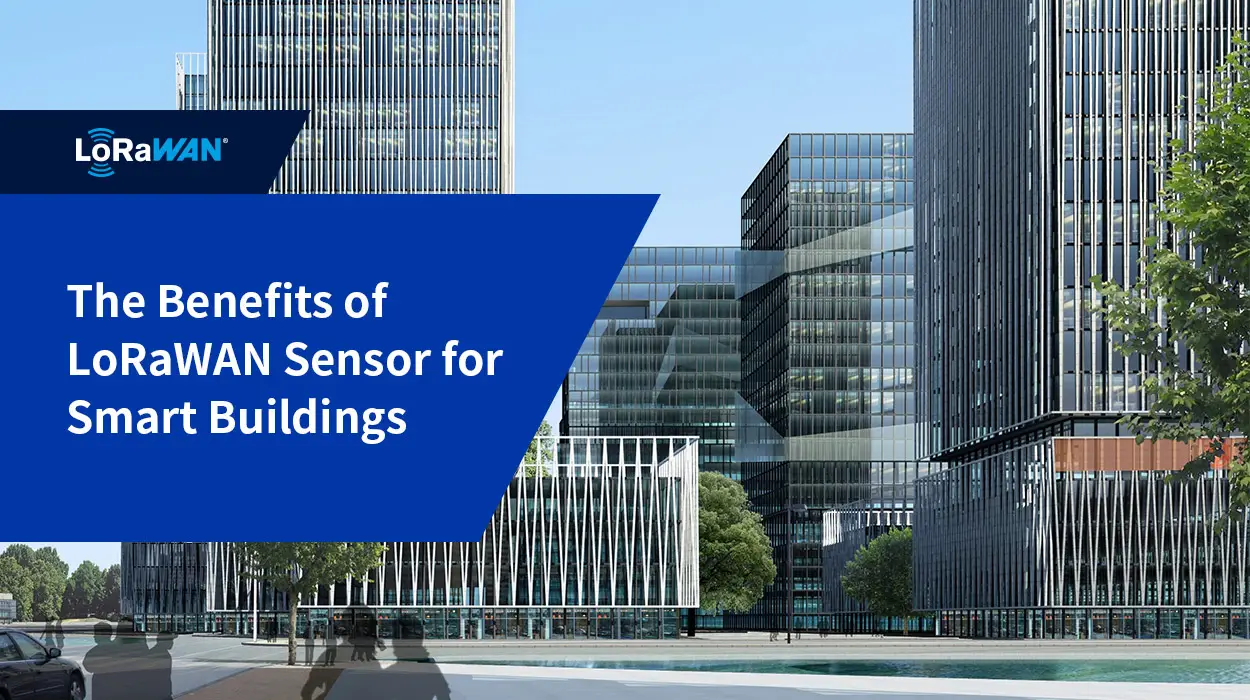The maintenance of equipment is an important task in industrial production. If machine breakdowns can be found before they become stumbling blocks, the risk of interrupting production may be eliminated altogether. Traditionally, operators judge the state of machines relying on their intuition and experience, which is not so reliable. Another common method is to perform routine maintenance in strict accordance with the operations and maintenance manual. It requires a great quantity of manpower and material resources, and with low effectiveness.
However, if you wait until there is something wrong with the machine, and then passively carry out maintenance and repairs, the losses caused may be even greater. Is it possible to monitor and evaluate the state of the machine more actively, timely, and accurately? How can the maintenance task be carried out properly? This has always been the concern of people’s research. In this post, we’ll discuss how LoRaWAN can help optimize industrial predictive maintenance solutions.
An overview of predictive maintenance solution
Before diving into what is predictive maintenance, let’s learn several different maintenance strategies first. In general, the maintenance strategy of industrial equipment is divided into reactive maintenance, preventive maintenance, and predictive maintenance.
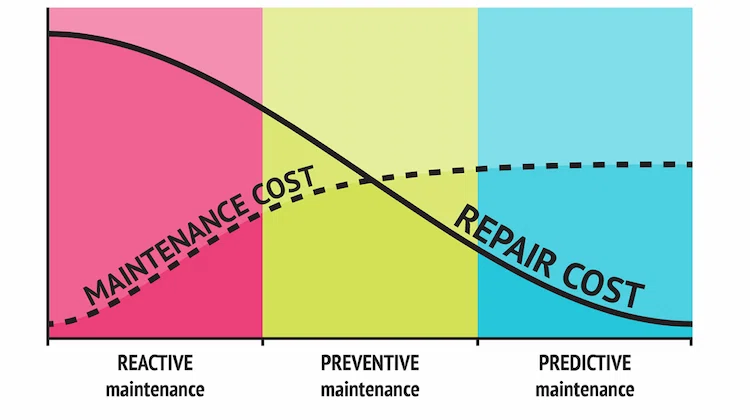
Reactive maintenance: Fix the problem when it actually happens
Reactive maintenance also referred to as corrective maintenance, or break-down maintenance, is a way of failure-based maintenance. This is the oldest definition of maintenance, which means that when a fault occurs, technicians rush to the scene for urgent repair and recovery. This kind of maintenance only happens after a sudden or even catastrophic failure. It is the most expensive maintenance method.
Preventive maintenance: Fix everything on a schedule
Preventive maintenance, also known as scheduled maintenance, is time-based maintenance. According to the production plan and experience, it carries out shutdown inspection, teardown and replacement of parts at specified intervals to prevent damage, secondary destruction and production losses. Preventive maintenance applications are extremely common, especially in the industrial sector.
Predictive maintenance: Don’t fix what is not broken
Predictive maintenance (PdM) is condition-based maintenance. When the machine is running, the main parts of the machine is regularly or continuously monitored and diagnosed to determine the state of the equipment, so as to predict its future development trend. Depending on the trends and possible failure patterns, a predictive maintenance plan can be developed in advance, which determines the time, content, method, and necessary technical and material support of the machine to be repaired.

Predictive maintenance is an emerging maintenance strategy that integrates machine condition monitoring, breakdown diagnosis, state prediction, maintenance insights support and maintenance activities. It plays an important role in the arrival of Industry 4.0.
Predictive maintenance vs preventive maintenance
In essence, preventive maintenance is scheduled maintenance based on the expected condition of equipment, and the equipment condition is determined by condition monitoring technology and statistical process control, which may be regular maintenance, regular function testing, etc. However, this may lead to unnecessary maintenance and passive maintenance, as well as repairs after a certain equipment failure in addition to fault diagnosis.

The difference between preventive and predictive maintenance lies in that predictive maintenance solution apply multiple smart condition monitoring sensors as data loggers to collect pre-process data within the device and identify wear patterns and provide more accurate ways to predict failures. Predictive models include statistical monitoring, and with the popularization and progress of artificial intelligence and edge computing, neural networks and machine learning algorithms are also used to identify data and make predictions. The measured data is compared with the parameters of the healthy running state of the equipment to determine whether maintenance is required and how to arrange maintenance work pertinently.
Why choose LoRa technology in IoT predictive maintenance
Predictive maintenance is based on copious amounts of data that are collected by various smart IoT sensors. Typically, these sensors gather information such as temperature, humidity, sound, pressure, and power to indicate the vibration or wear of the machine. Of course, there are many ways to connect them, and LoRa is one of the most common options for connecting various IoT devices. It is a widely-adopted wireless communication protocol that achieves long-range and low-power transmissions. Moreover, its low transmission bandwidth enables LoRa devices to penetrate dense materials and transmit signals over long distances.
Alternative wireless connectivity technologies like WiFi and Bluetooth have their advantages as well. Compared to the high bandwidth of WiFi and cellular, LoRa’s low bandwidth enabled transmissions of larger payloads like video and audio files. Wi-Fi is often the most suitable for consumer IoT applications, where there are fewer connection points and a smaller communication range. LoRa’s low bandwidth is more efficient in industrial applications because the small payload means that servers connected with LoRaWAN can process high-capacity messages at once—millions of messages per single gateway using LoRaWAN.
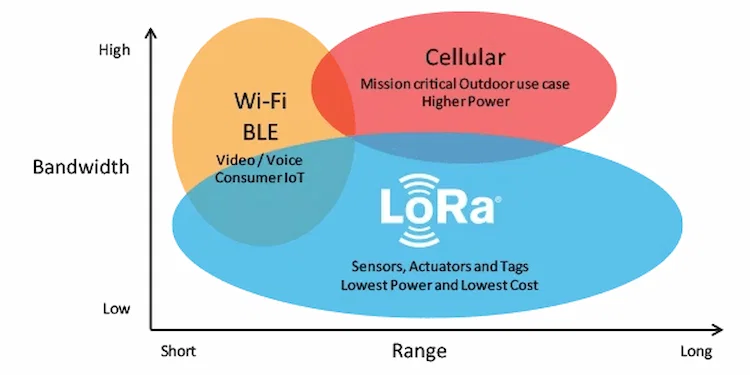
How predictive maintenance solution using LoRaWAN
LoRa is the new dawn of the bright future in the field of intelligent communication technology. By implementing a predictive maintenance solution consisting of LoRa-embedded sensors and gateways and intelligent low-power wide area network based on LoRaWAN protocol, information such as temperature, power and sound of the machine can be collected. Any discrepancies will be down streamed to help identify the faulty state of the machine. Thus the machine can be maintained even from a remote distance with the help of a LoRa communication powered by IoT. The LoRa-based IoT predictive maintenance can be divided into four parts in an attempt to study its architecture.
LoRa sensors: Sensor data is the foundation for all diagnostic information. sensors embedded with LoRa technology are placed on equipment to monitor equipment function and collect data on equipment status.
LoRa gateway: Data gathered by smart sensors is continuously and periodically sent to LoRa-based gateways.
Cloud server: Gateway then transmits the data to the cloud server where information will be analyzed and processed.
Application server: The application retrieves data from the cloud server, and problems can be identified before they occur. Based on the analysis, optimized decisions can be made and an alert will be sent to the facility manager through a mobile device or computer.
Benefits of LoRa-enabled predictive maintenance solution
Having a connected and thorough maintenance program is crucial for any company dealing with heavy and intricate machinery. With predictive maintenance solution leveraging LoRa technology, plants are able to predict future trends in equipment conditions and make corrections in the process. Here are some of the benefits of the LoRa-enabled predictive maintenance systems.

Extended equipment life: Opportunities will be given to understand why equipment has failed and where the possible failures are. Constant monitoring of equipment operation makes it effective to predict equipment failures, thereby improving machine reliability and extending the equipment life.
Increased production: The greater the availability of the machine, the higher the production efficiency. The production manager can effectively avoid unscheduled downtime by continuously monitoring the equipment performance, improving the overall operational throughput.
Reduce maintenance cost: LoRa-enabled predictive maintenance makes it possible to identify fault trends and take measures to eliminate problems in advance. After all, routine maintenance inspection is not a small expense. Also, maintenance costs can be reduced by scheduling repairs to minimize downtime.
Optimize field worker efficiency: With a number of sensors collecting various data, facility managers can manage the field workers effectively and remotely. They can schedule maintenance activities and develop plans for the field crew to reduce the response time for repairs.
Better safety and compliance: Through the analysis of a large number of sensor data, possible safety&health&environment risks can be predicted and addressed. A proper LoRa maintenance solution can better comply with the regulations.
Use cases of adopting predictive maintenance solution
According to Mckinsey, predictive maintenance can save up to 40% of the maintenance cost in the long run and reduce the capital expenditure of new machines and equipment by up to 5%. From the current development situation, the predictive maintenance technology is not yet fully mature, and there is still a certain distance from the large-scale implementation. It requires enterprises and suppliers to have sufficient industry know-how, so as to achieve full implementation and maximize benefits and value in more industries.
| Company | What is under monitoring | Technologies used for running PdM | Reported benefits |
| Infrabel (Belgian railways) | Tracks, railway ties, and overhead lines | Power consumption meters Temperature sensors Cameras On-premise database Machine learning engine |
|
| Mondi (global packaging and paper group) | Plastic production machines | Pressure sensors Temperature sensors Velocity sensors Oracle database Machine learning engine |
|
| Kraiburg (German rubber plant) | Oil tanks, motors, pumps, electrical engines of roll mills | Pressure sensors Temperature sensors Oil level sensors Flow rate sensors Bosch IoT suite Online Diagnostic Network |
|
Predictive maintenance: central concept in industry 4.0
Industry 4.0 refers to the rise of automation technology in the manufacturing industry. This revolution makes it possible to utilize the data collected by machines to realize a faster, more flexible and more efficient production line. Companies are enabled to produce higher quality products at a lower cost. The change not only improves productivity but also changes the economic situation. It is promoting the next industrial revolution.
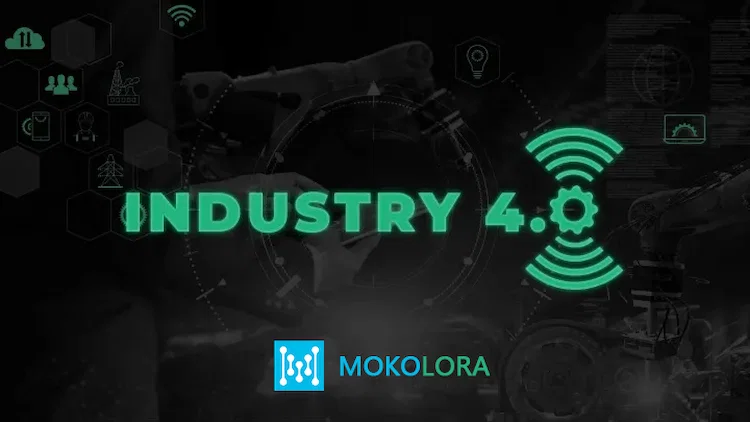
At the heart of this revolution, however, is machinery and equipment. While these machines can make our work easier, their failure disaster is a headache that can sometimes turn into migraines in industrial production. Predictive maintenance is designed to avoid this disaster, but it requires a large amount of data on the operation of machinery and equipment.
“Predict any upcoming machine breakdown so I can avert it.” Thanks to the rise of automation technology, this is now possible, which is why predictive maintenance can change Industry 4.0.
Choose predictive maintenance solution with MOKOLoRa
With a LoRa-enabled predictive maintenance solution, you are available to give advance warning of impending problem, make repairs only when necessary, and schedule to avoid major outages. MOKOLoRa is a leading company specializing in LoRa strategy, innovation and product development. If you want to develop your condition monitoring maintenance solution with LoRa technology, please talk to our LoRaWAN IoT expert.

